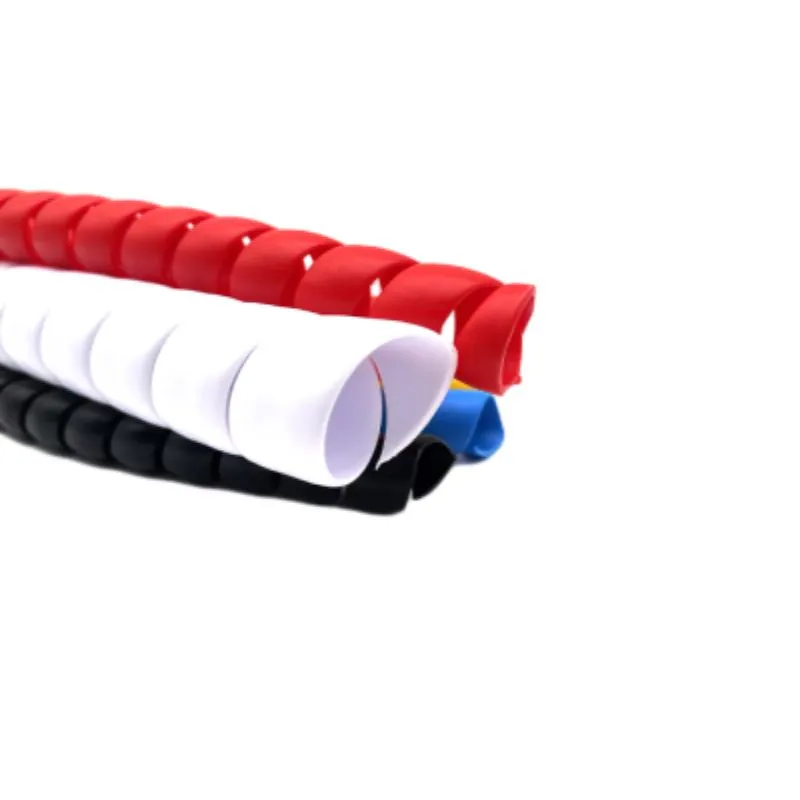power steering return hose repair
Repairing Power Steering Return Hose A Comprehensive Guide
Power steering is a crucial system in modern vehicles that enhances maneuverability, making it easier to steer, especially at slow speeds. One critical component of this system is the power steering return hose, which transports fluid back to the power steering pump after it has assisted in steering effort. Over time, wear and tear or damage can lead to leaks in the return hose, affecting steering performance. If you notice fluid under your vehicle or if your steering feels unusually stiff, you may need to consider repairing or replacing the power steering return hose.
Identifying the Problem
Before initiating any repairs, it’s essential to identify the issue clearly. Common signs of a failing power steering return hose include
- Fluid Leaks Power steering fluid is usually a bright red or pink color. If you see any fluid pooling under your car, it’s an indicator that the hose may be leaking. - Steering Difficulty If the steering wheel becomes harder to turn, especially at low speeds, it may signify that the power steering system is not receiving adequate fluid. - Unusual Noises Whining or groaning sounds when turning the steering wheel could point to low fluid levels, possibly caused by a leak in the return hose.
Tools and Materials Needed
Before you begin the repair, gather the following tools and materials
- Safety goggles and gloves - Fluid catch basin - Wrenches (adjustable or socket) - Replacement return hose (specific to your vehicle model) - Hose clamps (if necessary) - Power steering fluid - Screwdriver - Shop towels
Step-by-Step Repair Process
1. Safety First Start by parking your vehicle on a level surface and turning off the engine. Always wear safety goggles and gloves when working with automotive fluids.
power steering return hose repair

2. Locate the Return Hose Open the hood and locate the power steering reservoir. Follow the hose connected to it to find the return hose, which typically runs back to the power steering pump.
3. Drain the Fluid Place a fluid catch basin under the return hose. Using a wrench, loosen the hose clamps on both ends of the return hose, and gently detach the hose from the reservoir and the pump. Allow any remaining fluid to drain into the basin.
4. Inspect the Hose Check the return hose for signs of wear, such as cracks, bulges, or leaks. If the hose is damaged, it must be replaced.
5. Install the New Hose Take the new return hose and attach it to the power steering reservoir and the pump. Ensure that it fits snugly and use hose clamps to secure it in place.
6. Replenish Power Steering Fluid Once the new hose is installed, refill the power steering reservoir with the appropriate type of power steering fluid. Refer to your vehicle's owner manual for the correct specification.
7. Bleed the System Start the engine and turn the steering wheel from lock to lock several times to remove any air from the system. Check the fluid level and add more if necessary.
8. Check for Leaks After running the vehicle for a short time, inspect the new hose connections for any signs of leaks. Ensure everything is secure and that the steering operates smoothly.
Conclusion
Repairing a power steering return hose might seem like a daunting task, but with the right tools and a bit of patience, it is a manageable project for many DIY enthusiasts. Regular maintenance of your power steering system can prolong its life and ensure a smoother driving experience. If at any point you feel uncertain about the repair process, it’s always best to consult a professional mechanic. Keeping your vehicle in top condition not only enhances safety but also contributes to the longevity of your car.
-
Ultimate Spiral Protection for Hoses & CablesNewsJun.26,2025
-
The Ultimate Quick-Connect Solutions for Every NeedNewsJun.26,2025
-
SAE J1401 Brake Hose: Reliable Choice for Safe BrakingNewsJun.26,2025
-
Reliable J2064 A/C Hoses for Real-World Cooling NeedsNewsJun.26,2025
-
Heavy-Duty Sewer Jetting Hoses Built to LastNewsJun.26,2025
-
Fix Power Steering Tube Leaks Fast – Durable & Affordable SolutionNewsJun.26,2025

